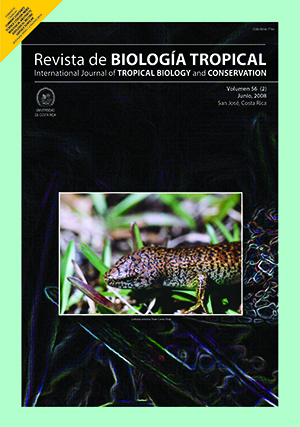Abstract
Trypanosoma cruzi. The aim of this work was to analyze histologi-cally and histometrically the sublingual gland of mice infected with the RAL strain of T. cruzi, according to the sex. Swiss mice (Mus musculus) were inoculated with 2x104 blood trypomastigotes of the RAL strain of T. cruzi. in the peak of the parasitemia (12th day) the mice were sacrificed, and the sublingual glands were fixed in ALFAC. HE-stained histological sections were evaluated histometrically. The parasitemia was higher in females. Histopatologically, acini of the infected animals were smaller, with scanty production of secre-tion, and smaller striated ducts. The nuclei of the demilunes were smaller and showed amastigote nests in the cytoplasm. Karyometrically, nuclei of the acini, demilunes and striated ducts were smaller in the infected mice. Stereologically, it was observed that relative volumes of acini and ducts were smaller and, inversely, relative volumen were greater for the conjunctive tissue in the infected males. The surface densities of acini and ducts were bigger and the diameter and thickness of the wall were smaller in this group. On the other hand, relative volume of acini was smaller and those of the ducts and conjunctive tissue were bigger in the infected females. The diameter and thickness of the wall of acini were smaller, and those of the striated ducts were bigger in this group. The RAL strain of T. cruzi caused general atrophy in the sublingual gland, with numerous nests of para-sites in the glandular parenchyma.
Comments

This work is licensed under a Creative Commons Attribution 4.0 International License.
Copyright (c) 2008 Revista de Biología Tropical






